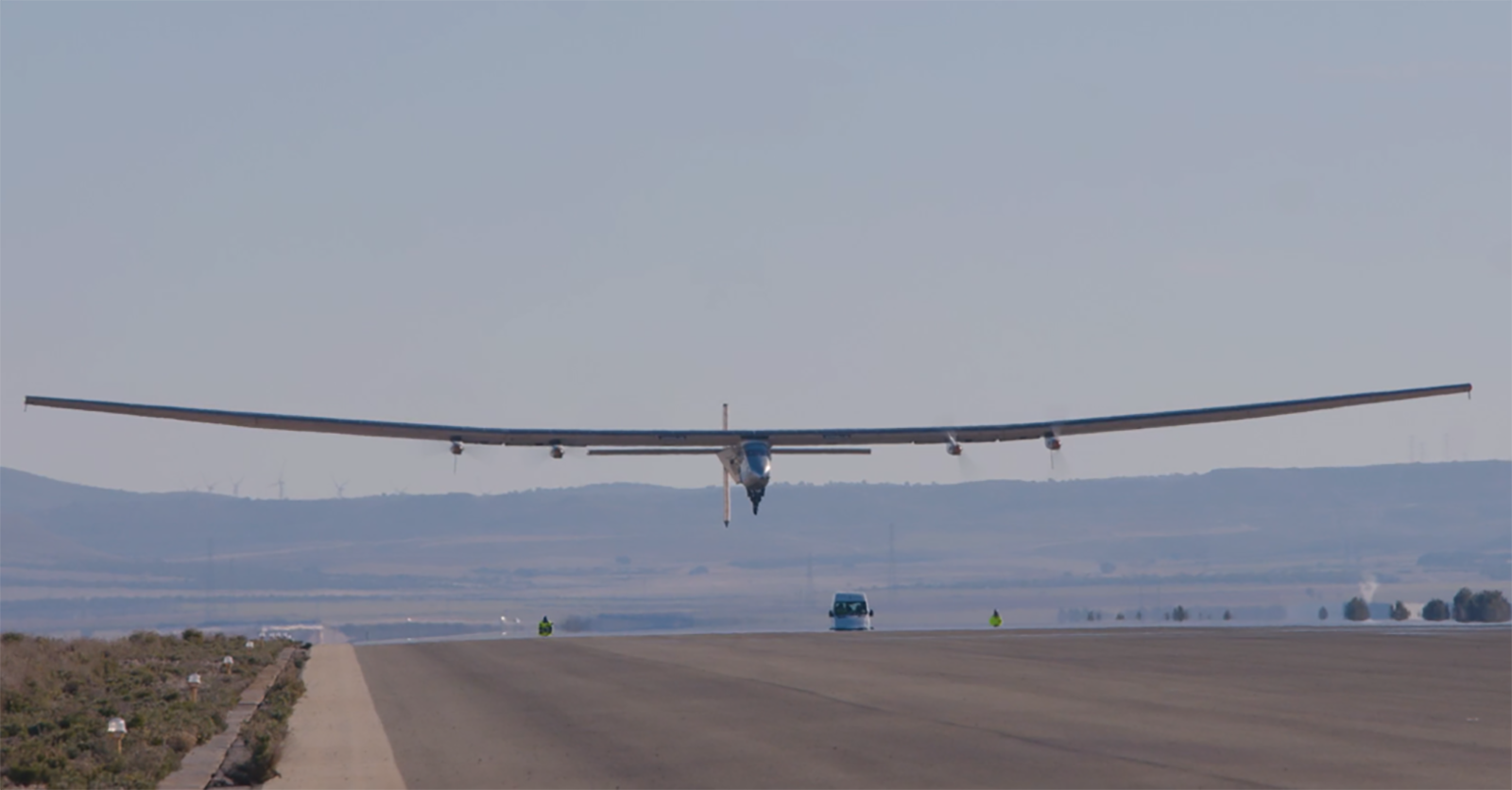Stay Up to Date
Submit your email address to receive the latest industry and Aerospace America news.
The Unmanned Systems Integration Committee represents and serves the broad interests of the unmanned and robotic systems community, encompassing space, aerial, ground, surface water, underwater, and other unmanned and robotic systems, their components, and their myriad applications.
In July, a U.S. Air Force’s XQ-58A Valkyrie demonstrator, developed by AFRL and Kratos Defense and Security Solutions, executed aerial combat tasks in flight commanded by artificial intelligence software — an aviation first. Its machine learning-based algorithms, trained over millions of datasets in a simulated environment, were developed by the Air Force Research Laboratory prior to the flight. The Valkyrie is a potential contender in the forthcoming Collaborative Combat Aircraft program announced in March by Air Force Secretary Frank Kendall. His plan would acquire and pair at least 1,000 CCAs with piloted Next Generation Air Dominance fighters, with development to begin in fiscal 2024. CCAs are being developed to achieve performance comparable to contemporary piloted aircraft and are expected to be significant force multipliers.
International conflicts including Russia’s war on Ukraine continued to highlight the many roles for uncrewed and remotely piloted aircraft in military operations. These ranged from intelligence, surveillance, reconnaissance and targeting to lethal combat, with aircraft supplied from external partners on both sides of the conflict.
In February, Skydweller Aero announced it had completed the first fully autonomous flight demonstrations with its uncrewed, solar-powered aircraft. The Oklahoma company’s “mega-endurance” aircraft is an optionally piloted version of the Solar Impulse 2, an experimental plane that in 2015 became the first aircraft to make an around-the-world flight on solar power. Upgraded with a human-rated fly-by-wire system, the aircraft flew in Spain autonomously from takeoff to landing, although a safety pilot was on board.
Small drones continued to expand their presence in domestic and international civil and commercial markets. In August, Walmart announced a partnership with drone developer Wing (an Alphabet company) to expand deliveries in the Dallas area to an additional 60,000 homes. In a September blog post, Wing said it delivers “upwards of 1,000 packages a day” with its fixed-wing, hydrogen fuel-cell-powered drones. In July, New York City released new regulations to increase operations of uncrewed aircraft, including drones in all five boroughs, and the state’s Power Authority approved the first funding for a planned $37.2 million program to expand use of drones for infrastructure inspection.
In October, EHang’s two-seat EH216-S became the first fully autonomous, electric vertical takeoff and landing aircraft to receive a type certificate. Its approval by the Civil Aviation Administration of China paves the way for EHang to begin commercial service, initially for aerial tourism and sightseeing.
In September, FAA delayed the implementation of its Remote Identification rule by six months. This regulation requires all drones greater than 0.55 pounds (249 grams) flown by hobbyists or for business purposes to continuously broadcast their identity, location and flight state. In addition to bolstering security for drone operations, this capability could prove essential for future air traffic management.
At July’s EAA AirVenture air show, in Oshkosh, Wisconsin, Boeing subsidiary Wisk flew its all-electric Cora demonstrator, the first public flight of an autonomous, electric vertical takeoff and landing aircraft. The emerging advanced air mobility market is focused on developing cost-competitive, short-range aircraft that provide alternatives to terrestrial vehicles including buses, taxis and cargo trucks. Wisk plans to begin passenger flights with uncrewed, remotely supervised air taxis in the late 2020s.
In the space industry, SpaceX in November flew a Falcon 9 booster for the 18th time, a record for the most flights by a rocket stage. The booster lofted a batch of Starlink satellites to orbit, then fired its retrorockets to autonomously land on the deck of the drone ship landing platform.
Contributors: Brian Argrow, Jamey Jacob and
Kevin Kochersberger
Stay Up to Date
Submit your email address to receive the latest industry and Aerospace America news.




